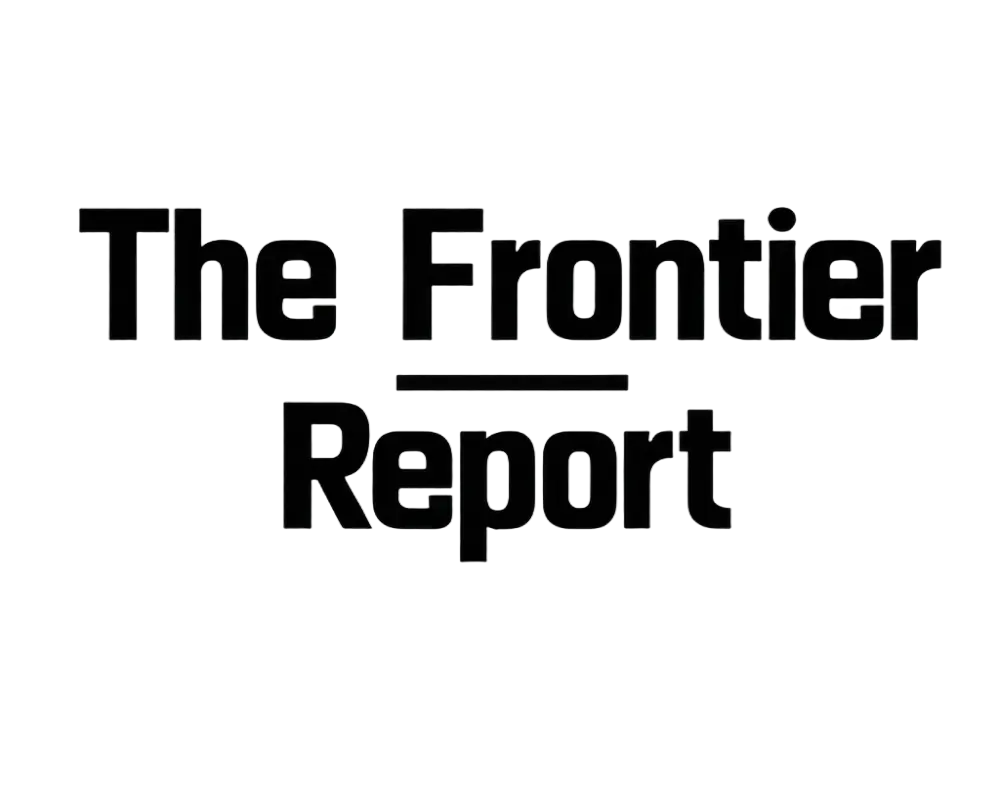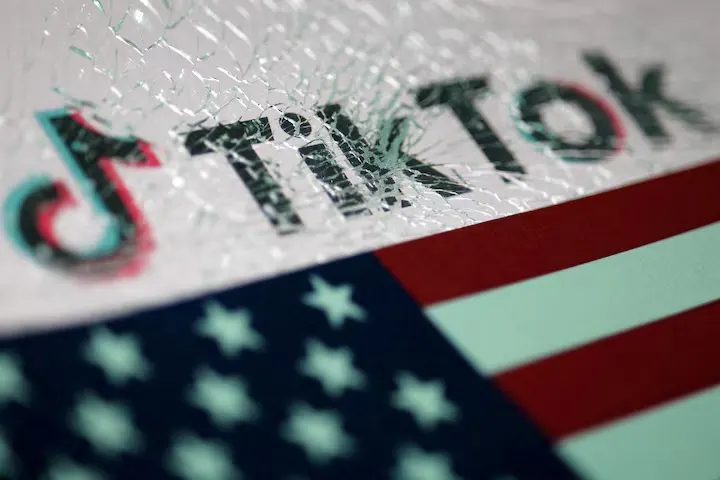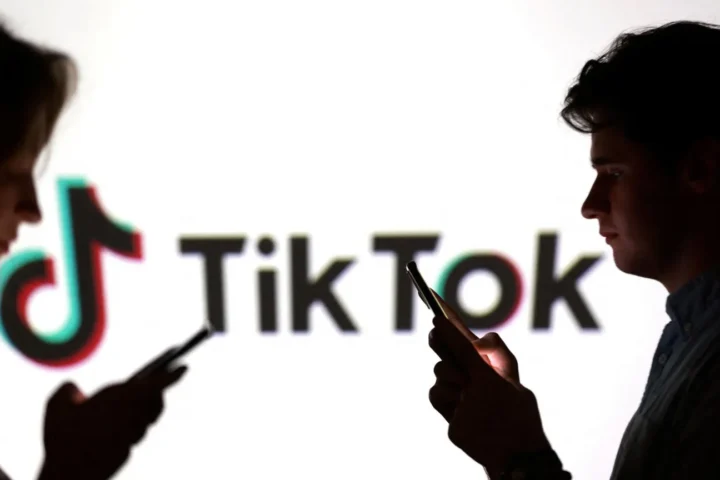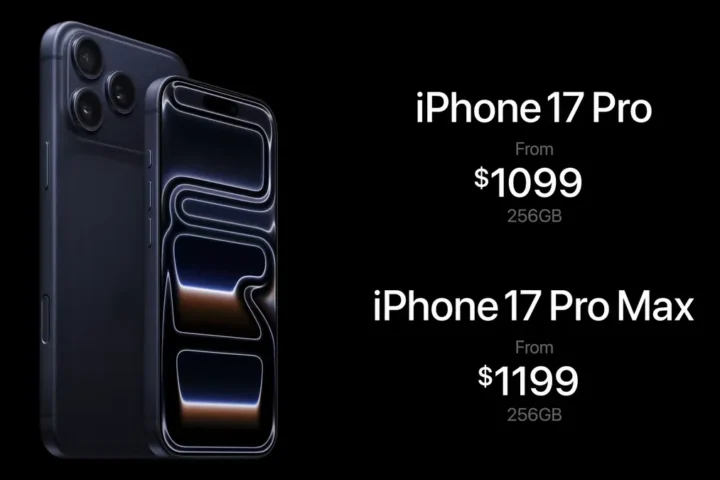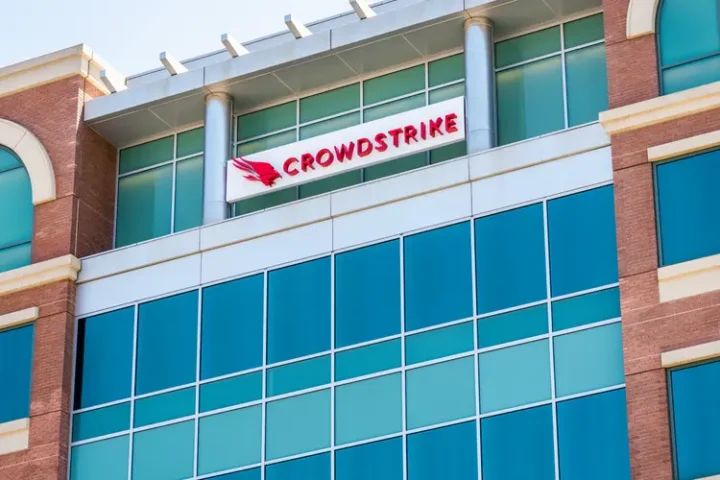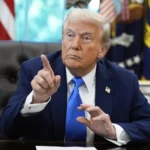President Donald Trump has leaned into TikTok. He launched an official account, posts from it, and at the same time says the app could still face a ban if ByteDance doesn’t sell. The law passed in 2024 is blunt: either divest TikTok’s U.S. business or shut it down inside the country. The first deadline slipped. Now Trump hints it could slip again. His line: “U.S. buyers are lined up.” Names? None offered. Security concerns? He waves them off as “overrated.”
For users, that means TikTok isn’t disappearing tomorrow. For the administration, it means juggling politics. Every extension avoids cutting off millions of young voters from their favorite app—but it also risks looking soft. Lawmakers who wrote the statute don’t like wiggle room. They want enforcement. Trump, by keeping the door open, risks handing critics a simple attack: he’s indecisive, or worse, playing politics with national security.
A short extension has logic. Forcing a rushed sale could turn into lawsuits, regulatory snags, or a half-baked carve-out that changes nothing about security. Buying more time might mean a cleaner deal: tighter controls, clearer rules, and less chaos. But deadlines are supposed to drive urgency. The more they slide, the less pressure there is on ByteDance to cut a deal, and the more Trump owns the fallout if nothing real takes shape.
What a Real Sale Would Have to Fix
Most talk centers on who might buy TikTok. That’s the wrong first question. The real one: what exactly is being bought, and under what terms?
Start with the algorithm. TikTok’s recommendation engine—the code that turns endless swipes into addiction—is its crown jewel. China treats that code as a strategic asset. Exporting it outright might be blocked. That leaves messy alternatives: license the code, build a “twin” inside the U.S. that mimics the behavior, or let a buyer inspect and run approved versions under constant oversight. None of that is simple. Each requires verifiable controls: signed builds, reproducible versions, and proof that what’s running in the wild is what regulators signed off on.
Then there’s data. Washington will insist that all American user data stays on American soil, accessible only through vetted, auditable channels. That means segregated servers, hard logging, immutable backups, and real-time monitoring. If data ever starts flowing out improperly, the system must be able to shut itself down—an automatic kill switch, not a promise. Expensive? Yes. Operationally heavy? Absolutely. But anything less is window dressing.
Finally, governance. A reshuffle of minority shareholders won’t cut it. The U.S. will want a new legal entity, based in America, with a board it approves. That entity must hold veto power over sensitive engineering decisions. Security chiefs must be people it can hire and fire. An independent oversight layer—source code review, breach disclosures, audit rights—has to sit on top. It’s not just a sale. It’s a rebuild of how the app is run, and who controls it day to day.
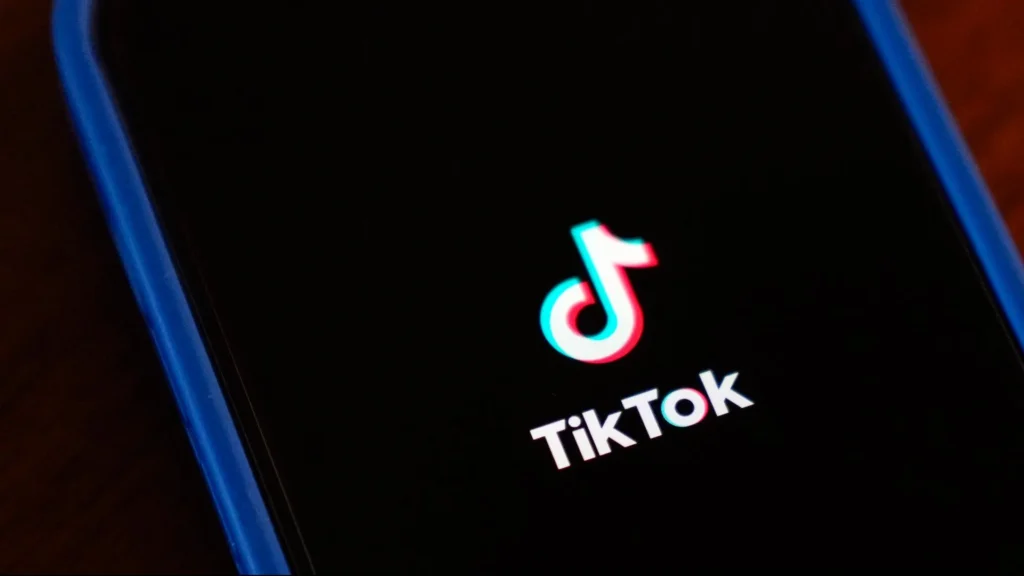
Politics, Beijing, and the Tightrope Ahead
Using TikTok while threatening to ban TikTok is a contradiction Trump can’t avoid. Supporters call it smart: don’t punish voters while talks drag on. Critics call it hypocrisy, even dangerous. Markets, meanwhile, just want clarity. An extension calms advertisers and creators for now. But unless a real sale materializes, the stability is fake.
Politics makes this harder. Young voters live on TikTok. National security hawks live in Congress. Trump has to sell both stories at once: the app is risky enough to demand a sale, yet safe enough for him to post campaign videos. That balancing act gets shakier each month. At some point, the administration has to name bidders, spell out terms, and define the red lines: where the code sits, where the data lives, who has the authority to block bad decisions.
And then there’s Beijing. Even if the U.S. finds a buyer and sets conditions, China gets a say. Its regulators control whether the algorithm can be exported, licensed, or cloned. They will want a story to tell at home—that sensitive tech isn’t being handed to Washington for free. That means the final deal must thread not just U.S. politics but Chinese politics too.
The bottom line: TikTok isn’t vanishing yet. Trump is keeping it alive while hunting for a deal that proves the U.S. can tame its risks. That deal has to cover code, data, and governance—not just ownership. Extensions buy time. But if nothing solid emerges, each extension will look less like pragmatism and more like drift. The needle he’s trying to thread keeps moving—and the political cost of missing it keeps rising.

